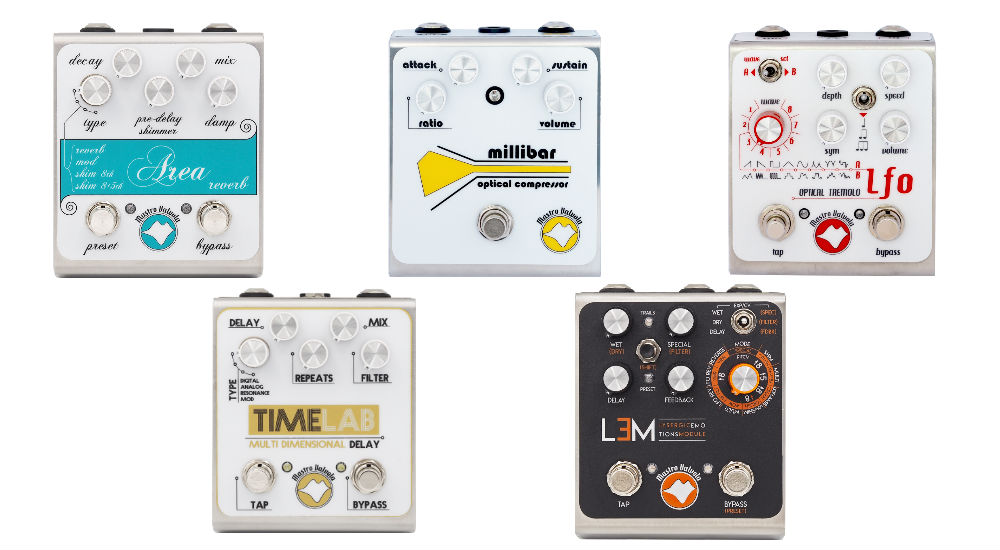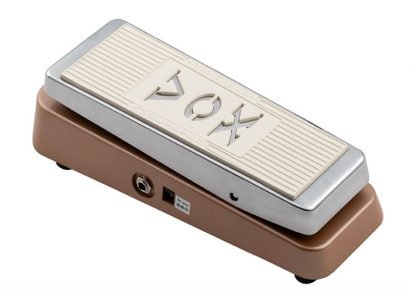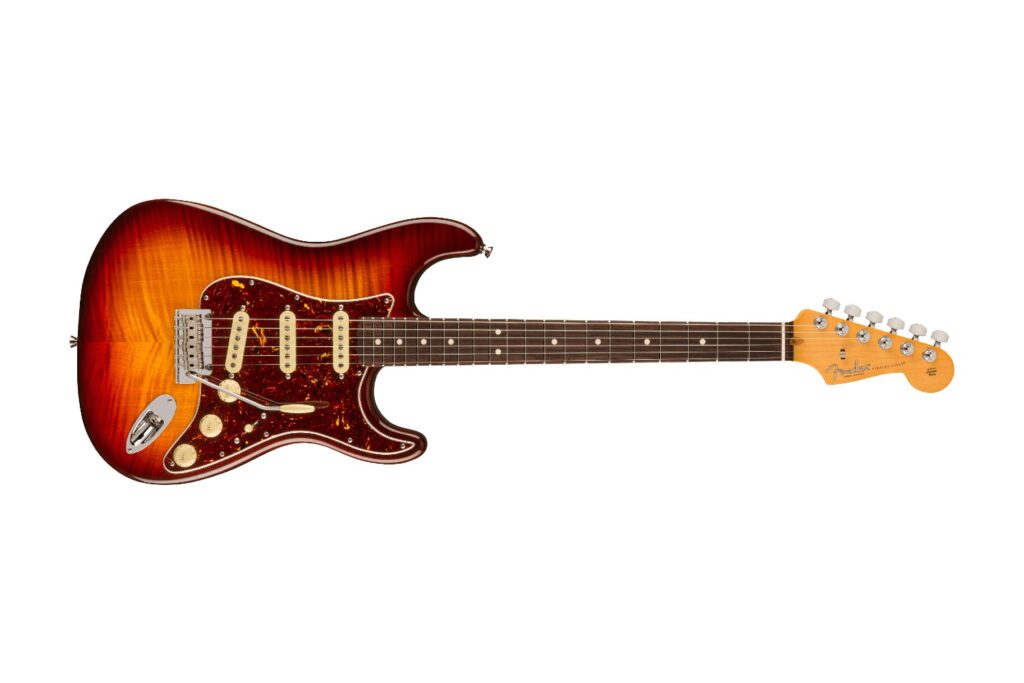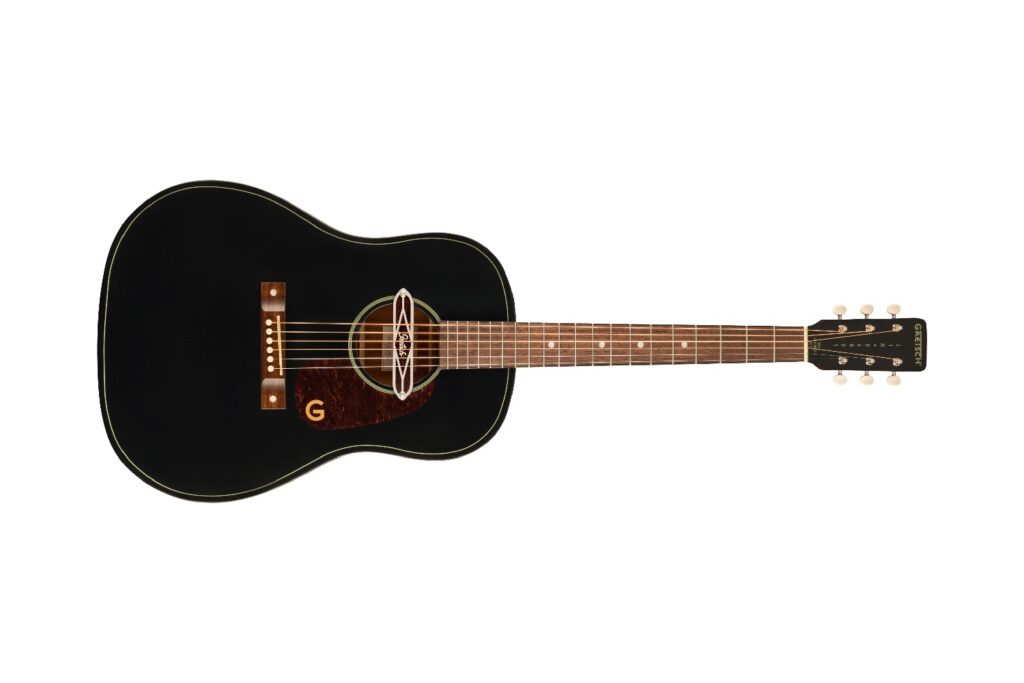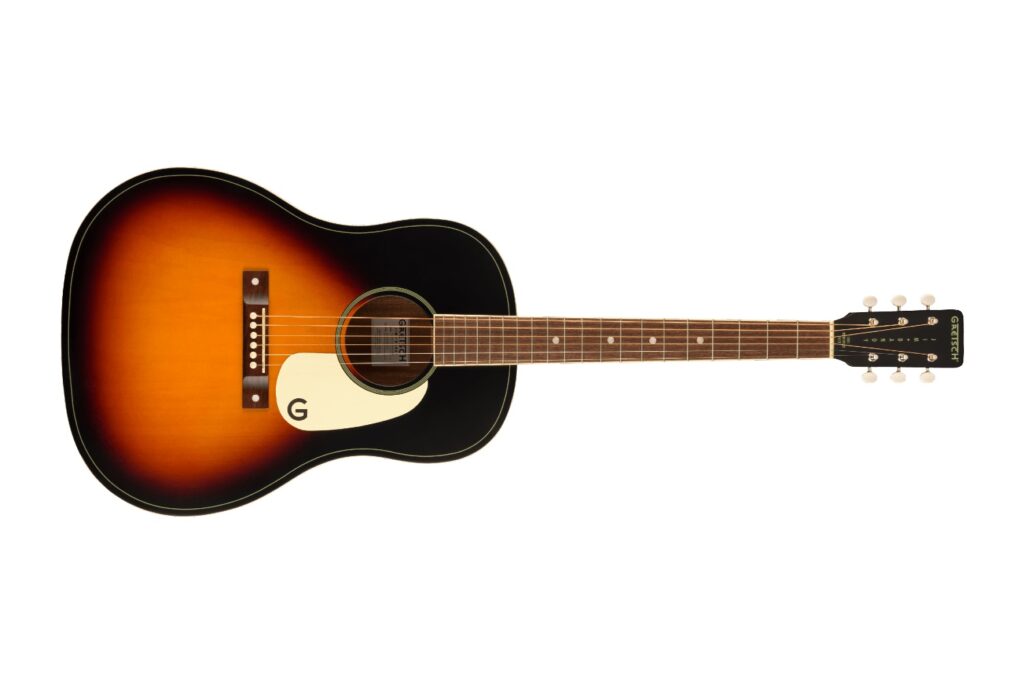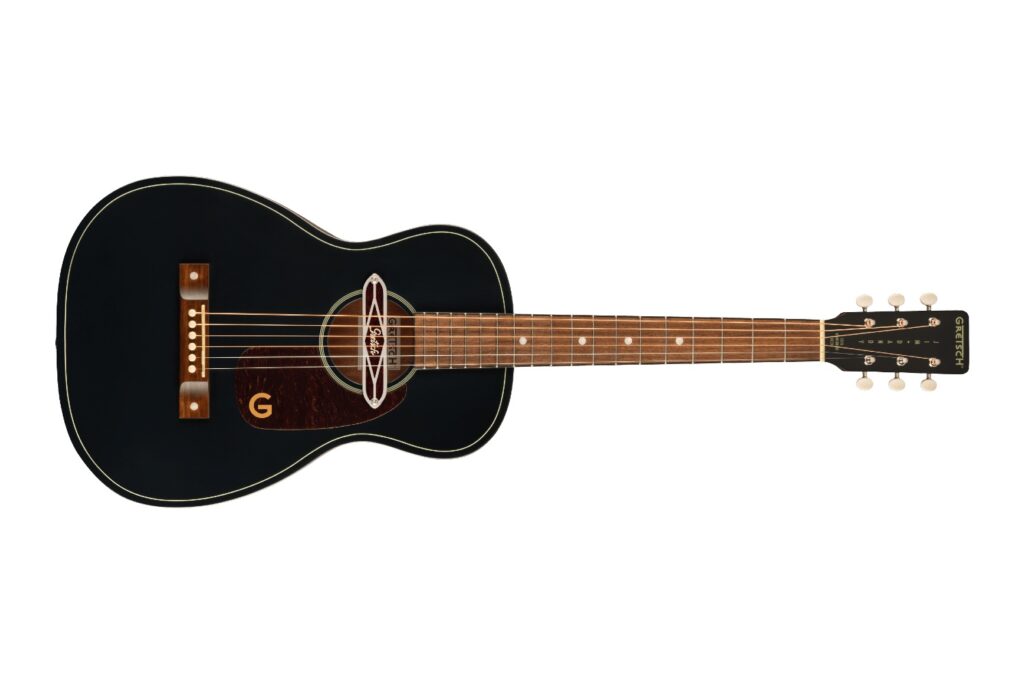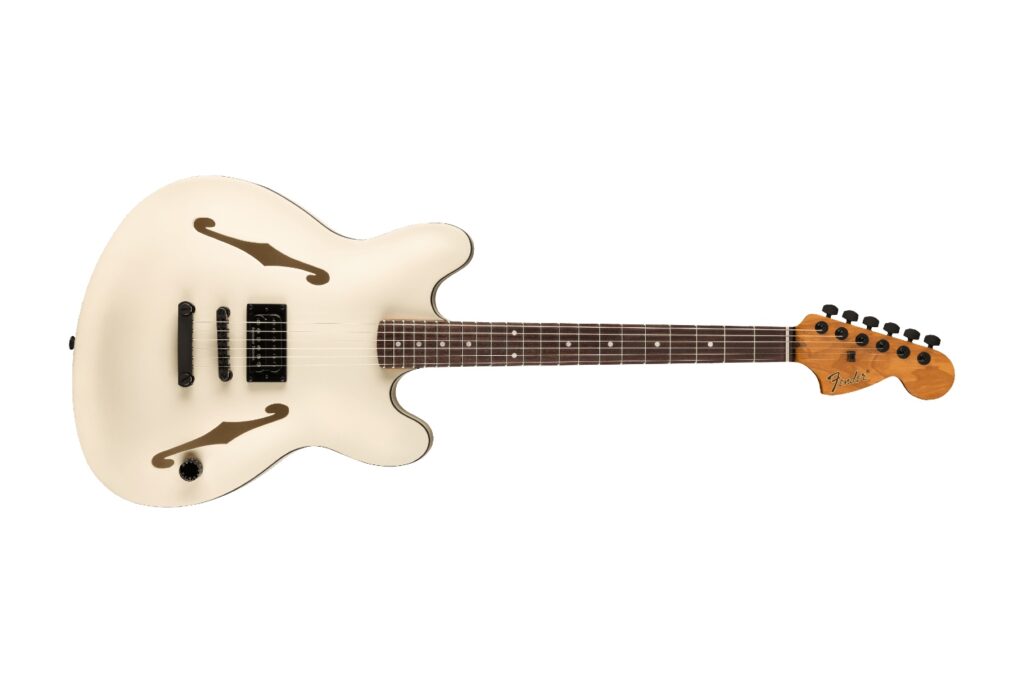By some blow of fate – or more likely, the sheer quality of their products – Mastro Valvola have so far dominated in the field of the former. The Italian boutique manufacturers, whose pedals are abundant in looks, features and functionality, have recently captivated the market with their recent run of stompboxes. Needless to say, when we recently got the chance to check out a range of different units from the Mastro Valvola range, I leapt at the opportunity to find out just what all the fuss was all about. Shortly afterwards, I received a delivery of no less than five different Mastro Valvola pedals, including the aforementioned LEM and TimeLab Delay, as well as the Area Multi Reverb, LFO Optical Tremolo and the Millibar Optical Compressor, which promised to be the perfect salve for my gloomy Melbourne lockdown blues.
Straight out of the box, it’s strikingly obvious that Mastro Valvola’s pedals are the real deal. Each unit is handcrafted in Italy with the finest possible components, and are housed in a slanted brushed aluminium chassis with a design that gives them a bit of space age charm, with each pedal also coming with a cute little cloth bag for safe storage. All five of the pedals share the same kind of enclosure, with top-mounted inputs and outputs ensuring that they’ll easily squeeze onto your pedalboard without too much hassle.
As one of the more recent units to come from Mastro Valvola and being familiar with the formidable reputation it commands among ambient fiends, I immediately took to the LEM to try and unlock its wiggly secrets. For those who aren’t versed, the LEM, or Lysergic Emotions Module, is a wildly versatile multi-head delay effect with four presets and eight different ambiance modes, each of which features an additional parameter which can be adjusted by the Special knob.
These modes range from wobbly vibrato and reversed delays to twisted pitch-shifted textures and endless bit-crushed trails, all of which which can be sculpted even further via the LEM’s tap-tempo footswitch, an inbuilt filter and a plethora of expression pedal and CV possibilities. It’s an absolute head-scratcher trying to figure out what everything on the LEM does on first use, but once you dive into the manual or check out a good YouTube demo, you’ll find yourself within the ballpark in no time.
I’m going to go right ahead and say that the LEM, in all of its fiddly, complicated glory, is one of the best pedals I’ve played in 2020. This thing is an ambient musician’s dream device: the delay is warm and fluttery, and the abundance of modes makes it a wondrous tool to use for working out tricky tones in the studio. Whether you’re using it for pristine, shimmering delay, delicate harmonised repeats or going all out and coaxing out the stranger side of the LEM with the range of bit-crushed or reversed sounds, this is certainly a pedal that needs to be played to be believed. It’s got all the makings of a cult sensation, and I strongly urge you to give it a test should you find the chance soon.
Spurred on by the experience of the LEM and its weird and whacky sounds, I decided to sink my teeth into the TimeLab Delay to explore what was on offer from Mastro Valvola’s take on a more typical delay pedal. With a hybrid analogue/digital signal path, tap-tempo functionality with note division, an abundance of parameters to tweak and four unique modes on offer – Digital, Analogue, Resonance and Mod – the TimeLab presents itself as a wholly unique pedal to rival the market’s mainstays.
While the TimeLab’s feature set mightn’t make it look as versatile in comparison to some other delay units on the market, the pedal fully makes up for it with the integrity of its signal path: it’s a gorgeous, unique-sounding delay with no flaws whatsoever, and would act as a suitable counterpart to any guitar or keyboard effects rig.
As you’d expect, the Analogue and Digital delay modes on the TimeLab are faithful to their namesake, with the Analogue mode in particular sounding incredibly warm with a tendency to get gnarly when the repeats are pushed. However, it was the Modulation and Resonance modes that stole my attention; both of theses types are suited for psychedelic noodling and sweeping volume swells, and make for a great tool when used to create dense, multi-choral soundscapes.
The warm nature of the TimeLab’s repeats makes it suitable for Frippian sound-on-sound looping, while the Filter control lets you trim harsh frequencies to dial in on your ideal sound, whether it be slapjack or droning madness. Even when paired with distortion, reverb or other modulation pedals, the TimeLab still makes its presence known, and proves to be a more-than-worthy option for anyone seeking a versatile yet distinctive delay pedal for their setup.
On the reverb front, Mastro Valvola’s Area Multi Reverb is a wonderful unit that shows off its strengths almost instantaneously, delivering rich, powerful reverbs that would be a more than welcome addition to any studio setup. Packed with four digital algorithms (Reverb, Modulation, Shimmer 8th and Shimmer 8th + 5th), preset storage with three slots and controls for Decay, Mix, Damp and Pre-Delay/Shimmer, the Area Multi Reverb is super-tactile, and requires minimal fiddling to achieve glorious sounds.
Mastro Valvola have also added in their own nifty Timed Bypass System to the pedal, which lets your reverb trails die off naturally when the Trails mode is turned on and then automatically reverts the pedal back to true bypass mode when it detects no signal. It’s such a luxurious feature that it almost goes undetected in use, and really puts the Area Multi Reverb into a league of its own.
Sonically, this pedal is top-notch – each algorithm sounds beautiful, and the inviting nature of the control set makes exploring for tones as awe-inspiring as it gets. The initial Reverb algorithm is perhaps the most versatile of the bunch; I found it relatively simple to achieve Room, Plate and Hall reverb sounds with a bit of tweaking, with tones ranging from subtle resonance to washy bliss. For more warped sounds, dialling in the Mod mode adds a dual-voice chorus into the mix to create lush atmospheres, which I also found to be a fine fit with a sweeping synth pad or electric piano.
If you’re looking fully lose yourself in what the Area Multi Reverb has to offer, the two Shimmer modes are where you want to explore – these algorithms add delicate reverb tails that are tuned up in pitch, creating heavenly textures that are suited for wide volume swells and fragile soundscaping. It’s difficult to find any fault in what the Area Multi Reverb does, and it’s a choice pick for anyone seeking a more experimental reverb for their board.
Next up, the LFO Optical Tremolo: a feature-packed analogue opto-isolator unit inspired by the technology of old tube amplifiers, but controlled by a digital brain to increase its overall versatility. I’m a staunch advocate for tremolo, and the huge amount of waveforms listed on the chassis of the LFO made me overly eager to dive into this effect head on.
The LFO boasts an amazing 16 different waveforms, which are split into two banks of eight and range from traditional sine and saw waves through to chaotic, jarring dips and peaks. There’s also a tap-tempo footswitch to input your ideal wobble rate, as well as controls for Symmetry, Rate, Depth and Volume, while a three-way toggle switch lets you adjust the sub-divisions of your tap-tempo.
In use, the Mastro Valvola LFO Optical Tremolo is nothing short of inspirational. It’s got all the charm of a vintage tremolo unit, with a feature set that takes it above and beyond to make it a killer effect for the demanding modern guitarist. Whether you’re chasing a slight wobble for some soulful Hendrix-inspired licks or you’re going all-out with some choppy staccato surf rock a la Link Wray, the LFO covers all bases, while exploring some of the more experimental waveforms will send you skyrocketing into psychedelic and noise-rock territory.
The LFO is also a mean sounding counterpart to any Fender Rhodes or Wurlitzer sound, adding a nice dollop of movement to jazz up your chords and add a slight modulated pulse to the keys mix of any recording. While it would’ve been nice to have had some kind of preset storage, the addition of the dedicated tap-tempo switch and sub-divisions means it’s relatively simple to achieve most tones without too much knob-twiddling – plus, it’s not like many of us are going to be gigging anytime soon anyway, so it’s definitely not a dealbreaker by any measure.
Last but not least in my Mastro care package was the Millibar Optical Compressor, which is certainly the least feature-packed box of the bunch, but perhaps quietly the most useful. Inspired by the performance of legendary hardware units like the Universal Audio 1176 and Teletronix LA2A, the Millibar aims to recreate the characteristics of these units with its response, squeezing your tone to retain dynamic while allowing for a sound that’s rich in harmonics and punchy in the sustain department. Controls for Ratio, Attack, Sustain and Volume offer flexible control over the Millibar, and a fully analogue circuit ensures only the best sonic response when used with all sources.
When paired with a clean Fender amp and a Stratocaster, the Millibar oozes a tone that’s ideal for clinically clean funk and fusion, turning a relatively stale signal into one that’s punchy as all hell. Comparatively, tweaking the controls down a notch makes for a wonderful sound for fragile finger-picked textures, which I found worked rather well when paired with a splash of colour from the TimeLab and Area Multi Reverb.
Where the Millibar really flexes its muscles, however, is with a bass guitar, and it’s here where I found its studio-grade compression to be most effective. I used the Millibar to track a number of bass parts, and was overwhelmingly impressed with the degree in which it handled the nuances of what I was doing with both my left and right hand. From a subtle squash to suit clean slap passages to blown-out compression in the vein of Paul McCartney, this thing is a low-end lovers dream.
Having extensively played with the gamut of tones provided by these five Mastro Valvola pedals, I couldn’t be more impressed by what’s on offer from this company. From their stylish enclosures to their unique sonic characteristics and features, these pedals certainly hint at the makings of a cult sensation among guitarists and other noisemakers, and are definitely worth the coin you’ll spend on them.
The LEM, in particular, is a pedal that exists in a god tier of ambient devices, and I’m more than convinced that it’s one of the best pedals to have been released in years, while the TimeLab Delay, Multi Area Reverb and LFO Optical Tremolo also present themselves as being quintessential devices in their respective fields. The Millibar Compressor, meanwhile, is as good as an optical compressor you’ll find in a stompbox format, and given that it’s the cheapest pedal of the family, I couldn’t recommend it highly enough. There’s a lot to love about the Mastro Valvola range, and I’m eager to see what else the company have got in store later down the line.
Mocha Earth are offering 5% off all of their stock, including these Mastro Valvola pedals, for Mixdown readers until the end of August – make sure to enter the code MIX5% upon checkout to snag a bargain!
